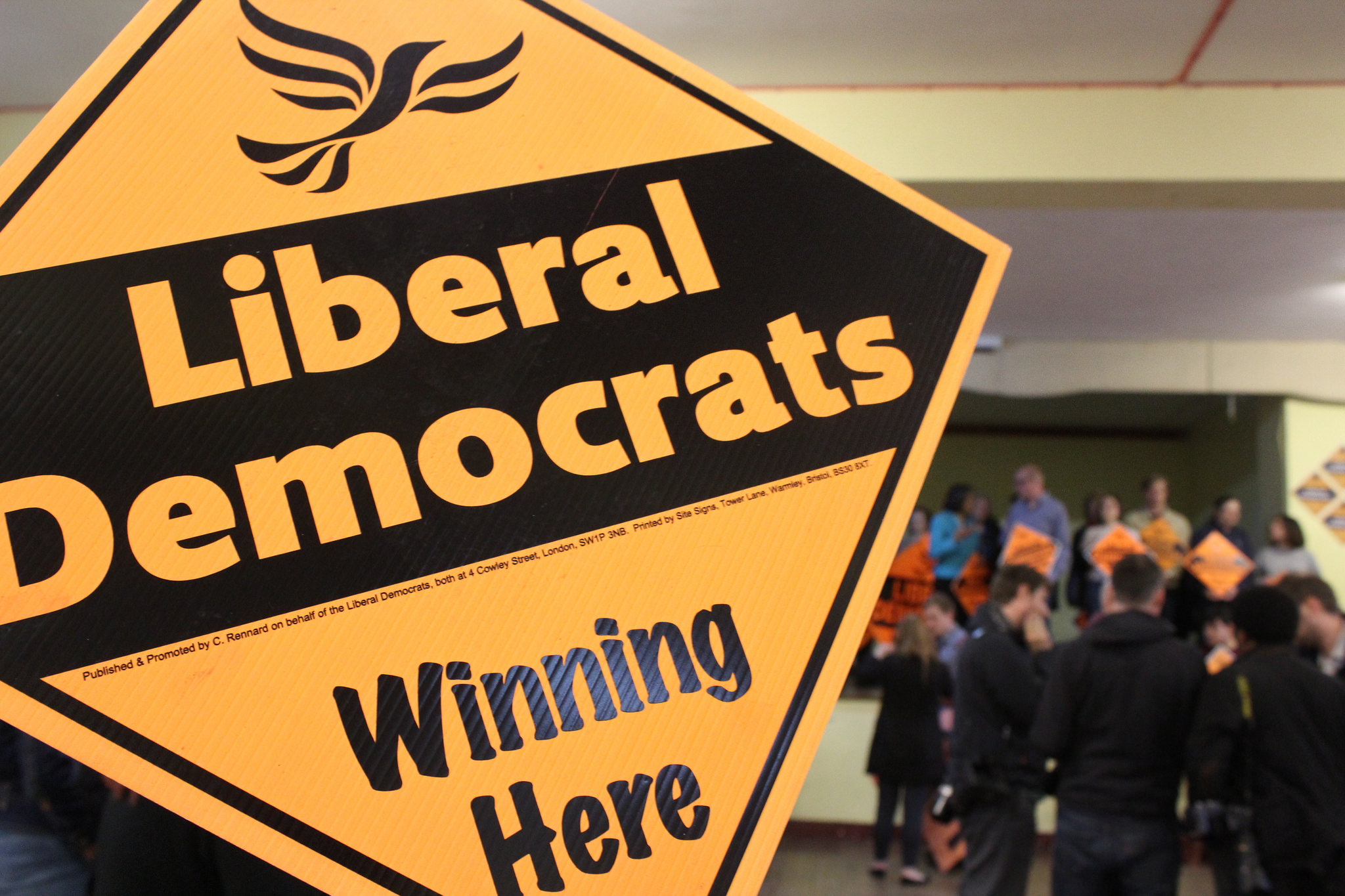Our Duty to be Easily Heard

This is an opinion piece written by William Francis, a member of the Radical Association’s board. It was first published on 1st August 2025.
How often have you heard someone claim not to know what the Liberal Democrats stand for? It is often common to hear complaints from Liberal activists (or indeed activists from other parties) that the electorate lacks a basic understanding of the issues. Whilst we shouldn’t dismiss the agency of voters, it’s important to remember that access to politics is severely limited in 21st-century Britain. It is scarcely taught in schools and only really explored at university (where only 1 in 3 young people attend despite the rise in HE attendance). Trade unionism has become the realm of public sector professionals and clerical workers, and few of the formerly numerous Conservative, Socialist, or Liberal clubs remain. Add to this the responsibilities of day-to-day life, and it’s easy to see why politics is a niche pursuit limited to the relatively privileged.
As such, messaging is crucial. People must have a reason to want to vote, and above all, a narrative. What we have currently passing for a narrative is the notion that we are, at best, nice people wanting to do vaguely nice things, and at worst, wishy-washy centrists. It’s all very well to call for a “Fair Deal”, as we did in the last general election, but what a Liberal definition of fairness is was rather vague. Though the result was doubtlessly impressive, it was achieved more through targeting and the tireless work of activists (capitalising on the Tories' imploding), it did little to build forward momentum for Liberalism. If it did, the Liberal Democrats would be experiencing the same meteoric polling trajectory as Farage’s latest political vehicle.
Weak messaging isn’t inherent to British Liberalism, as our past shows.
The Victorian Liberal Party didn’t lack for clear messaging as the right to vote expanded. The Liberator songbook is awash with examples. A Song For Our Times proudly proclaimed “Peace, retrenchment, and Reform” shall weather every Tory storm, and The Liberal March made it known that “Peace, Reform, and Liberation” was our triune aspiration. These short, punchy phrases clearly articulated the goals of Liberalism. Decades later, the Liberals won the 1906 landslide on a platform defending free trade. Though we live in an age of rising protectionism where few are willing to give a clear defence of free trade, the Edwardian Liberal party delivered a clear, simple, and short message that cut to the heart of the key issue facing voters: “Big Loaf, Little Loaf”. The former was a large wheat-based cottage loaf representing a prosperous, free-trading Britain under a Liberal government. The latter was a smaller rye loaf, representing a poorer protectionist Britain under Tory rule (although comparisons were sometimes drawn to Wilhelmine Germany).
Our revival, following the nadir of the 1951 and 1955 general elections, between 1959 and 1966, saw a series of bold slogans advocating a populist message. “People Count”, “Think for Yourself - Vote Liberal”, and “For All the People”. In February 1974, the party’s surge in support at the ballot box was heralded by “Change the face of Britain - Take power - Vote Liberal”. More recently, our 2019 EU election slogan of “Bollocks to Brexit”, yielded an amazing result and momentum in the opinion polls.
What binds these examples together isn’t just the mechanics of short, punchy phrases, but a clear underlying theme articulating what we stand for and what kind of Britain we want to a large and diverse audience.
If we want a radically liberal Britain, where power and wealth are broadly distributed, where people are free to be their authentic selves, and develop their personalities to the fullest extent, we need to start by ensuring more people can participate in its creation.
That means bringing Liberalism to the people.
***
Further reading:
‘The People’s Bread’: A Social History of Joseph Chamberlain and the Tariff Reform Campaign
Politics Home: Lib Dems Eye Reform Tactics to Sharpen Their Message
Continuity and change in election campaigns: the 1910 and 2010 election campaigns